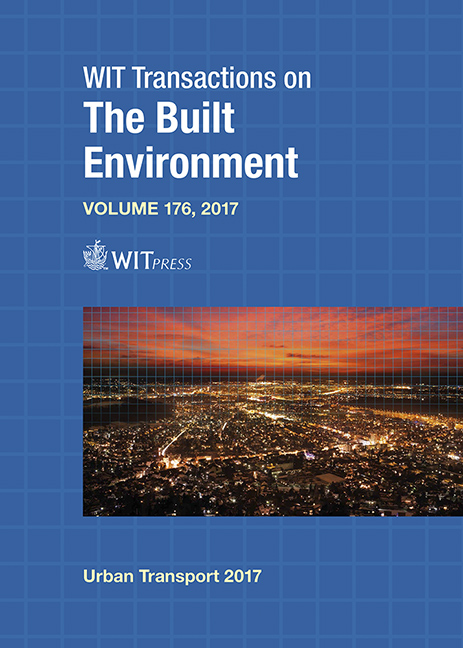INTRODUCING MOBILITY SHARING WITH AUTOMATED DRIVING: REDUCING TIME AND SPACE FOR PARKING
Price
Free (open access)
Transaction
Volume
176
Pages
7
Page Range
319 - 325
Published
2017
Size
486 kb
Paper DOI
10.2495/UT170271
Copyright
WIT Press
Author(s)
HIDETO KATSUKI, MAMORU TANIGUCHI
Abstract
Recently, “Mobility as a Service (MaaS)” has received much attention for transportation technology development because it can provide more convenient transport modes for users than their personal vehicles can. Moreover, it can transform the space used by and for cars to more comfortable living spaces used by and for people. Cars, as an important middle-distance to long-distance mode of MaaS, are being affected by waves of innovation that include car-sharing, ride-sharing, and automated driving for universal service (ADUS). This study specifically assesses the effects of introducing Shared-ADUS, a new mobility style that is expected to be an important part of MaaS. Shared-ADUS systems provide mobility services satisfying trip demand for cars today, with ADUS vehicles managed in prefecture units. Introduction of Shared-ADUS is expected to reduce the number of vehicles as well as time and space used for parking. We analyse the effects of Shared-ADUS introduction on parking time and space south of Ibaraki Prefecture, a suburban area of metropolitan Tokyo, located 40–60 km distant from central Tokyo. The modal share rate of private automobiles here is about 70%. The study objectives were (1) clarification of the degree to which parking time and space can be reduced and (2) areas in which Shared-ADUS can reduce parking time and space easily. Results show: 1) shared-ADUS can reduce the current number of vehicles by about 60%; 2) shared-ADUS can reduce the time and space currently being used for parking by about 70%; 3) People tend to waste time and space used for parking in urban areas; 4) Shared-ADUS can reduce time and space for parking in industrial and urban areas.
Keywords
automated driving, share mobility, parking space





